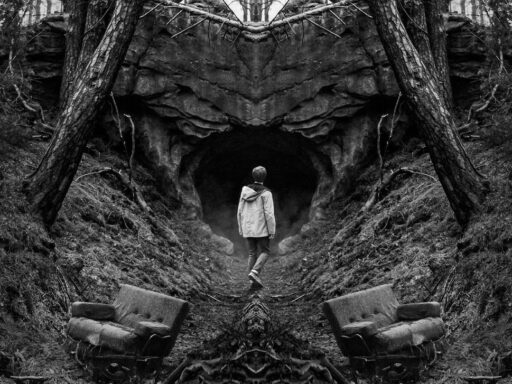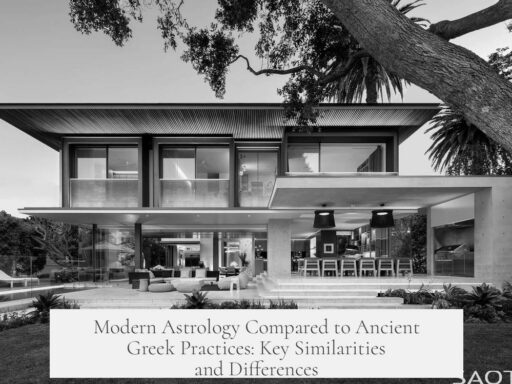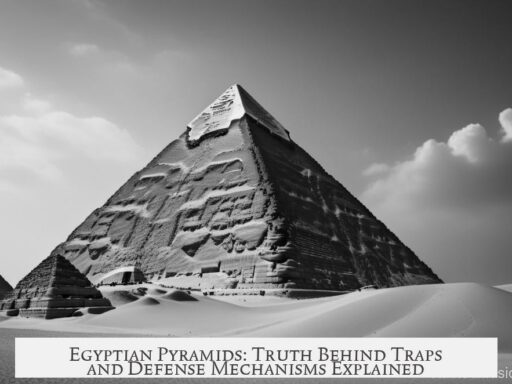Rome did not become a gigantic empty ghost town, but it experienced a slow and long decline in population and urban vitality after its peak around 100-150 AD. By the early 5th century, its population had fallen dramatically from over a million to just tens of thousands two centuries later. This population reduction reflected broader economic and social patterns affecting the Western Roman Empire. The city’s substantial infrastructure gradually decayed and was repurposed over centuries rather than being abruptly abandoned.
Rome’s population decline is part of a widespread trend across the Western Roman Empire’s urban centers. The reduction was not sudden but gradual, starting after the Antonine Plague around the 2nd century AD. The city’s peak of over 1 million residents slowly decreased due to economic disruptions, political instability, plagues, and shifting trade routes. By 400 AD, the city was smaller but still significant. By 600 AD, estimates place its population in the low tens of thousands — a fraction of its former size.
This change did not happen in isolation. Economic complexity and urban growth had gone through long historical waves. Scholars like Ian Morris and Ward Perkins describe three major economic cycles in Western Eurasia:
- Bronze Age civilizations flourished until the late 2nd millennium BC, collapsing in the Early Iron Age and Greek Dark Ages.
- Classical civilizations developed from the 9th century BC, climaxing with Rome’s peak in the 1st and 2nd centuries AD before declining from around 150 AD to 750 AD.
- Modern civilization began in the medieval period (10th–14th centuries) and continues today.
Rome’s decline corresponds with the second wave’s downturn, often identified as the late antiquity crisis. Internal strife, external invasions, economic contraction, and the shifting center of power toward Constantinople and later medieval European capitals diminished Rome’s role. These factors caused population dispersal and shrinking urban life.
Despite the population loss, Rome was not an empty shell. The city’s vast infrastructure, built during the empire’s zenith, did not vanish overnight. Instead, it slowly deteriorated while parts found continued use. Roads, aqueducts, and monumental buildings remained visible, though many fell into ruin or were adapted for new functions.
The Colosseum, once a grand amphitheater with seating for 50,000, became pastureland for sheep in the Middle Ages. Large empty spaces and ruins marked many areas, but the city itself contracted into a smaller core. By the 16th–17th centuries, Rome’s inhabited area fit within the smaller Aurelian Walls constructed in the late 3rd century. This significantly reduced zone contained a fraction of the original urban area.
| Aspect | Condition Post-Decline |
|---|---|
| Population | From ~1 million (peak) to tens of thousands (~600 AD) |
| Urban Area | Contraction into smaller sectors like within Aurelian Walls |
| Infrastructure | Ruins widespread; some repurposed (e.g., Colosseum as pasture) |
| Economic Activity | Declined with the fall of Western Roman Empire; no rapid abandonment |
Economic decline and population movements led to parts of the city becoming fields or quarries for stone. Still, essential structures such as churches and administrative buildings survived or were converted. The city evolved into a patchwork of occupied areas interspersed with ruins. Gradual decay replaced the previous bustling urban fabric with a quieter, more rural character in many places.
Scholars recommend several resources for deeper exploration:
- Ian Morris’s “The Measure of Civilization” offers a broad framework for understanding long-term economic cycles in Eurasia.
- Ward Perkins’s “The Fall of Rome and the End of Civilization” details economic and social collapse in the Western Roman Empire.
- Perkins’s lecture summarizing his book provides an accessible overview.
- Additional viewpoints from historians and forums such as the AskHistorians discussion offer nuanced perspectives on Rome’s transformation during this era.
The transformation of Rome after its demographic peak illustrates a slow urban contraction and change in function, rather than sudden desertion. The city’s landscape changed from a dense metropolitan center to a smaller, patchily inhabited area with visible remnants of its imperial past.
- Rome’s population peaked over 1 million around 100-150 AD but fell to tens of thousands by 600 AD.
- Decline matched broader economic and social crises affecting the Western Roman Empire.
- Urban contraction led to shrinkage within older defensive walls and repurposing of infrastructure.
- Rome was marked by ruins and open spaces, not complete abandonment.
- Physical infrastructure decayed gradually over centuries, blending into a quieter urban fabric.


